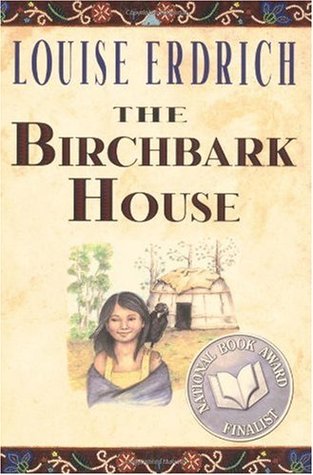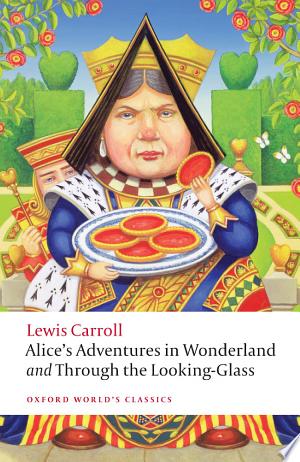
"The Birchbark House" Summary
historical fiction | 256 pages | Published in NaN
Estimated read time: 5 min read
One Sentence Summary
"The Birchbark House" follows the life of a young Ojibwa girl named Omakayas as she grows up in the mid-1800s.
Table of Contents
Introduction
"The Birchbark House" by Louise Erdrich is a captivating novel that offers an insightful glimpse into the life of an Ojibwa family living near Lake Superior in the mid-19th century. Through the eyes of the young protagonist, Omakayas, readers are transported to a time of great change and challenge for Native American communities. The novel beautifully weaves together themes of family, resilience, and cultural preservation, offering a poignant and thought-provoking reading experience.
Brief Synopsis
Plot Overview and Setting
"The Birchbark House" is set in the mid-1800s on Madeline Island in Lake Superior, where an Ojibwa family lives in a birchbark house. The story follows Omakayas, a young girl who is the main character, and her family as they navigate the joys and hardships of their daily lives. The book provides a detailed and intimate portrayal of Ojibwa culture, traditions, and the impact of encroaching European influence on their way of life.
Main Characters
The novel features several main characters, each playing a crucial role in the story's development.
| Character | Description |
|---|---|
| Omakayas | A young Ojibwa girl, the protagonist, known for her resilience and strong connection to nature. |
| Nokomis | Omakayas' grandmother, a wise and nurturing figure in the family. |
| Deydey | Omakayas' grandfather, a skilled hunter and provider for the family. |
| Angeline | Omakayas' older sister, who possesses a mix of traditional and modern sensibilities. |
Summary of Different Story Points Over Chapters
Chapter 1-3:
The story introduces readers to Omakayas and her family, offering a glimpse into their daily life and the close bond they share. The family gathers food, tends to their home, and prepares for the changing seasons, painting a rich picture of Ojibwa traditions and values.
Chapter 4-6:
Omakayas experiences a great loss when a smallpox epidemic devastates her community, highlighting the harsh realities faced by Native American tribes during this period. The family's resilience and reliance on traditional medicine and spirituality are central themes in these chapters.
Chapter 7-9:
Readers witness the family's efforts to rebuild and heal after the smallpox epidemic. Omakayas begins to find solace in nature and her deep connection to the world around her, showcasing the enduring strength of the human spirit.
Chapter 10-12:
European influences continue to encroach upon the Ojibwa way of life, prompting the family to adapt and confront new challenges. Omakayas and her loved ones navigate these changes while striving to preserve their cultural heritage and traditions.
Main Events
The novel features several pivotal events that shape the characters' lives and the overall narrative.
| Event | Description |
|---|---|
| Smallpox Epidemic | The devastating outbreak of smallpox takes a heavy toll on the Ojibwa community, leading to profound loss and a struggle for survival. |
| Encroaching European Influence | The increasing presence of European settlers and their impact on Ojibwa lands and traditions creates tension and upheaval for the family. |
| Resilience and Adaptation | The family's resilience in the face of adversity and their efforts to adapt to changing circumstances form central themes throughout the book. |
Themes and Insights
Themes
- Resilience: The novel explores the resilience of the Ojibwa family as they face adversity and navigate the impact of European influence on their way of life.
- Cultural Preservation: The importance of preserving traditions and cultural heritage in the face of external pressures is a prominent theme.
- Connection to Nature: The deep bond between the characters and the natural world serves as a source of strength and wisdom throughout the story.
Insights
"The Birchbark House" offers valuable insights into the challenges and triumphs of Native American communities during a pivotal period in history. Through the characters' experiences, readers gain a deeper understanding of the profound impact of cultural upheaval and the enduring spirit of resilience.
Reader's Takeaway
Readers of "The Birchbark House" are treated to a poignant and immersive journey into the world of the Ojibwa people, witnessing the beauty of their traditions and the struggles they faced. The novel's rich storytelling and vivid portrayal of characters make it a compelling read, offering valuable insights into the resilience and cultural heritage of Native American communities.
Conclusion
Louise Erdrich's "The Birchbark House" stands as a powerful and poignant exploration of Ojibwa life in the 19th century. Through its rich storytelling and compelling characters, the novel offers readers a profound understanding of resilience, cultural preservation, and the enduring connection between humanity and the natural world. It is a must-read for those seeking a captivating and insightful portrayal of Native American history and heritage.
The Birchbark House FAQ
What is the genre of 'The Birchbark House'?
Who is the author of 'The Birchbark House'?
What is the setting of 'The Birchbark House'?
What age group is 'The Birchbark House' suitable for?
Is 'The Birchbark House' part of a series?




